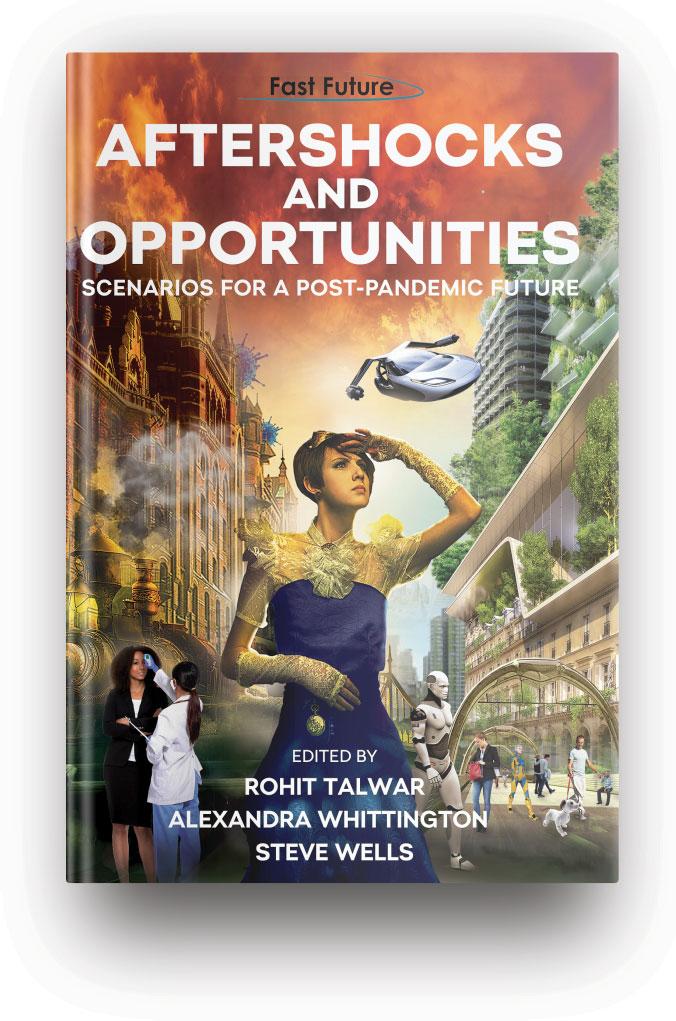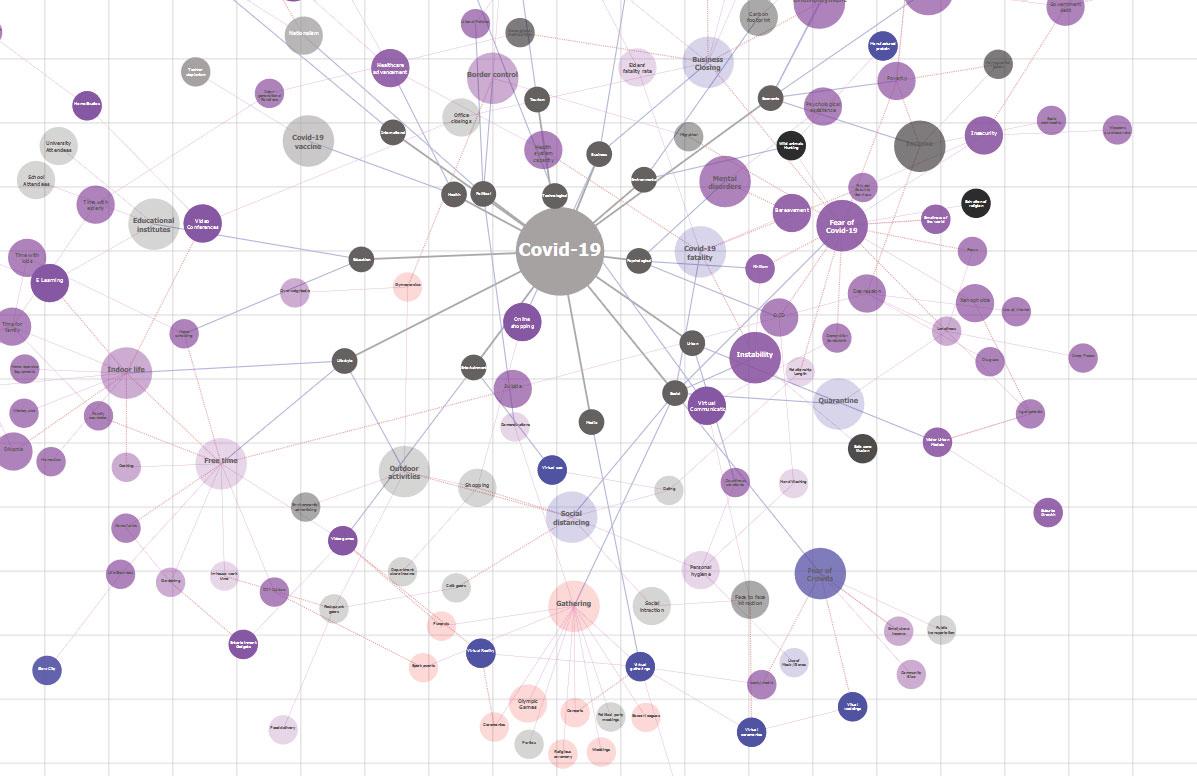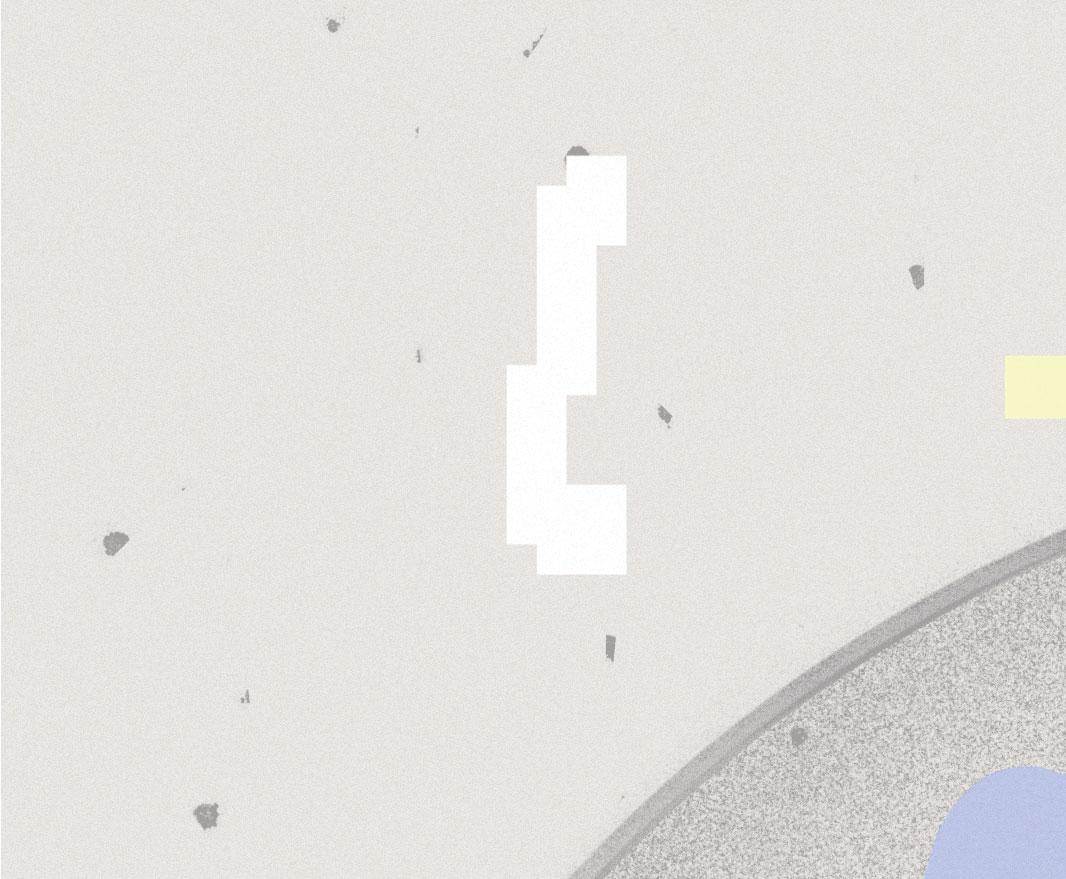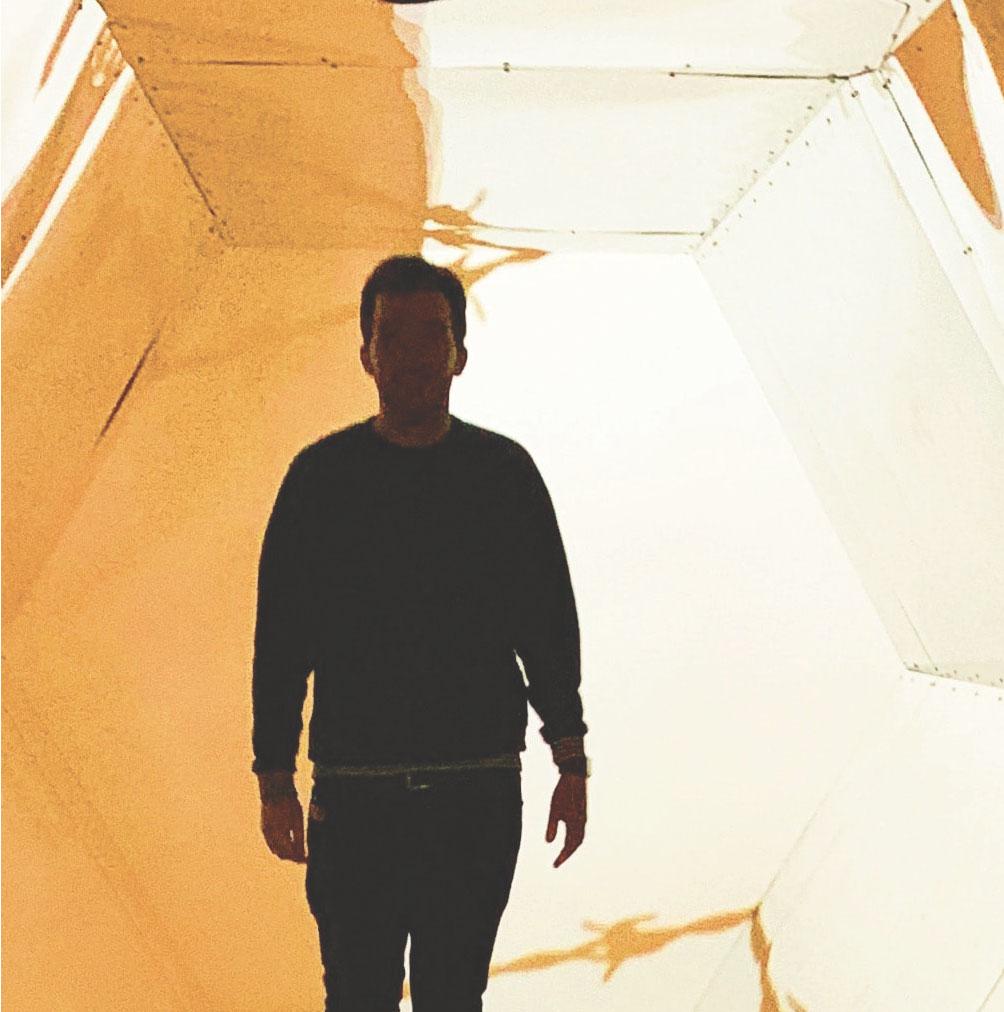
8 minute read
DISCOVERING SIX NOVEL SCENARIO ARCHETYPES IN SF FILMS
Alessandro Fergnani Zhaoli Song


DISCOVERING SIX NOVEL SCENARIO ARCHETYPES IN SCIENCE FICTION FILMS
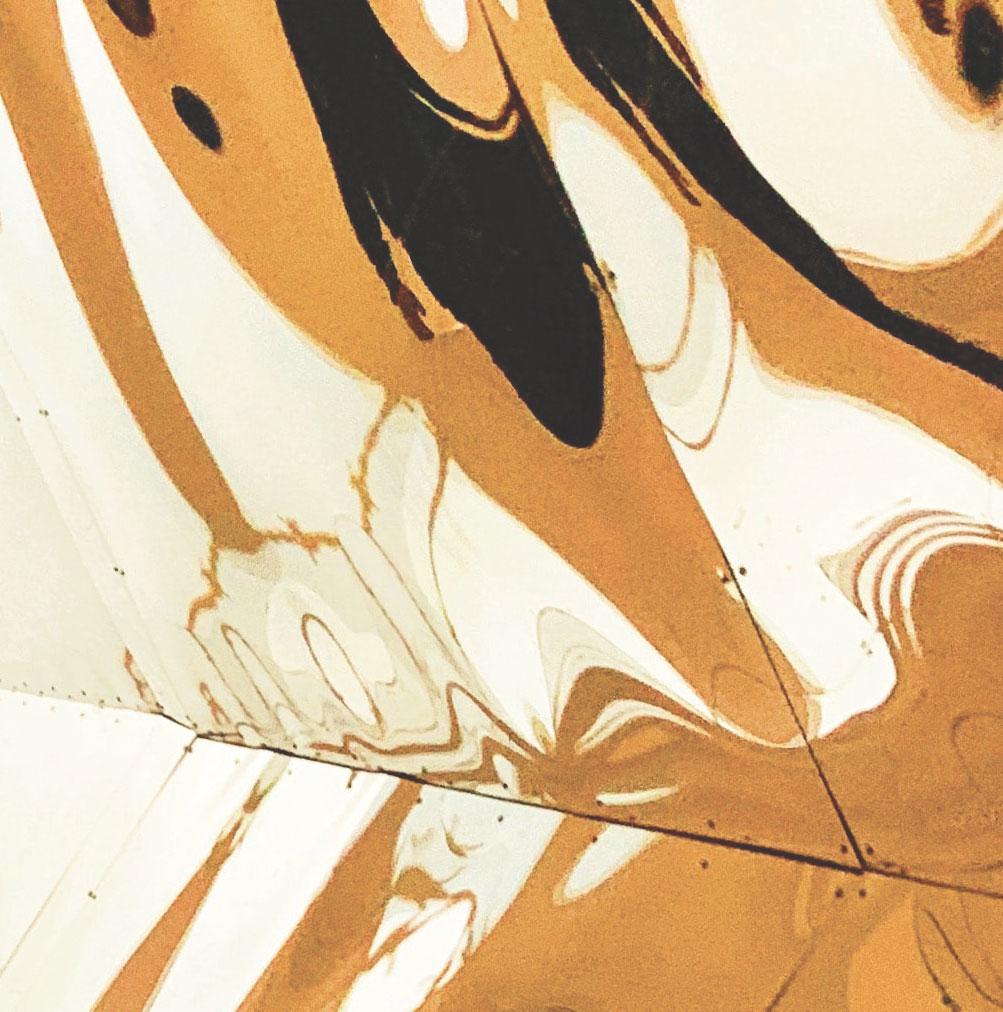
n this project we attempted to do something very timely for our fi eld, even urgent, some might argue. Something that has been surprisingly ignored in futures research. We analyzed a large sample of science fi ction fi lms using a rigorous scientifi c approach with the goal to fi nd archetypal patterns that can be used in foresight practice as predetermined narratives to create scenarios for organizations and communities in an expedited manner.

The inspiration to embark on this project came from two parallel observations we had while looking closely at futures literature and at the most recent trends in foresight practice. The fi rst observation is that Jim Dator’s four archetypes method, which consists in using four generic archetypal futures Continued Growth, Collapse, Discipline and Transformation as predetermined narratives to create alternative scenarios 1 , is still a rather unquestioned and widely used scenario methodology despite the fact that it has never been rigorously tested. By “tested” we mean using scientifi c methodologies to verify the truthfulness of the rationale behind this method, that is, the claim that the four original archetypes can
Idea in Brief
Fergnani & Song (National University of Singapore) report their two-years experience in researching 140 science fi ction fi lms to uncover a new set of scenario archetypes, which serve as the foundation of a novel foresight methodology suitable to imagine unthinkable alternatives futures in times of turbulence.
parsimoniously explain the variation of human imagination about possible futures, and therefore, that they can be used as predetermined narratives to stretch one’s futures thinking1. Indeed, one could argue that human imagination goes beyond these archetypes, that there are others, untapped narratives that we can use in foresight practice, or that given that the original archetypes were collected by looking at various reports, speculations and fi ctions about the future a few decades ago 2 , more recent human artifacts are hiding a different set of archetypes. In sum, we were intrigued by the question of whether new archetypes exist and can be used in foresight practice.
The second observation is that the fi eld of science fi ction has been making phenomenal inroads both within and beyond futures and foresight. Science fi ction has been increasingly recognized as a legitimate source of inspiration in foresight practice. This is mirrored by the expansion of science fi ction prototyping, speculative fi ction, and worldbuilding, domains that overlap with our fi eld in their aim to build alternative futures, and that in a way or another use science fi ction as a foresight methodology. However, and perhaps because this fi eld of inquiry is young, no systematic investigation of large samples of science fi ction artifacts have been carried out to extract methodological patterns that can be used in foresight practice. The existing work in science fi ction prototyping and speculative fi ction, for instance, uses case studies 3 , and the written material we currently have at our disposal in this topic consists in essays and theoretical treaties rather than methodological arguments 4 . This is in sharp contrast with the repeated methodological recommendations, in practitioners’ journal outlets 5 , to use science fi ction in organizational settings to think of unimaginable futures in order to develop resilience.
When we put together these two observations, we reached our aha! moment: the necessity to investigate and extract potential archetypes from science fi ction artifacts to the avail of current organizations and communities became clear. Science fi ction appears to be the perfect ground where one could discover unthinkable scenario archetypes, as this fi eld is well known to stretch the boundary of human imagination about the future. We decided to start with science fi ction fi lms, as fi lms offer a very comprehensive portrayal of tomorrow’s worlds in all their complexity in a limited time frame, which facilitated the timeline of our research endeavor and made it more appropriate to the urgent requirement to create a new set of archetypal scenario narratives for foresight practice. Had we started with the investigation of science fi ction novels, it would have probably taken years. We carried out the research following rigorous grounded theories guidelines, a qualitative research methodology widely used across the social sciences, which helped us to enhance the transparency of our fi ndings and the replicability of our research design.
After two years of investigation, which made us explore unexpected directions and reiterate the data analysis several times in light of new fi ndings, we are now confi dent enough to report that we have found a novel set of six archetypal narratives, which we renamed Growth & Decay, Threats & New Hopes, Wasteworlds, The Powers that Be, Disarray, and Inversion, according to their underlying archetypal structure. As expected, the archetypes are more nuanced than the original four generic futures in many ways. The fi rst archetype, for instance, named Growth & Decay, involves the continuation of a growth trajectory, but also the decadence and deterioration of some aspects of human society. This appears a more likely narrative if compared to Dator’s original Continued Growth archetype, which in its original formulation, was a future of progress without elaboration of its downsides. We also found two different kinds of Collapse scenario: Wasteworlds and Disarray. The former focuses on the aftermath of a catastrophic event or phenomenon; the latter zeroes in on the collapse process itself. Other archetypes also involve more sophisticated treatments of the original Transformation scenario, albeit in different forms, etc.
Interestingly, the six archetypes all involve crisis situations in the environment, and are an ideal ground to test organizations and communities’ resilience to unthinkable external events. This makes our fi ndings rather timely to explore alternative futures in a turbulent environment, especially in view of what the world has experienced in the past year. The archetypes help us to think about the unthinkable systematically, while at the same being straightforward in their application.
The fi rst case study where we had the chance to apply this framework in foresight practice involved using the six
archetypal narratives to create scenarios of work for the city of South Bend, Indiana (US), where the fi rst author has been appointed as a Visiting Associate of Policy and Practice with the University of Notre Dame. The archetypes were used to imagine how the future of education and manufacturing in the region, from the focal point of view of the workplace, could change 15 years from now. While the manuscript reporting the six resulting scenarios has been submitted for publication, we are currently working on a follow-up case study on how to translate these scenarios into actionable insights for local policymakers, educators, practitioners, and change agents in South Bend.
With the research, we aimed to break two grounds. The fi rst ground is to expand and update Jim Dator’s methodology. Indeed, the four original archetypes method is an undeniably powerful tool to imagine the futures. It has been widely used and widely accepted; and it has enhanced the futures thinking capabilities of organizations and communities all over the globe. However, futures and foresight evolve, and with it its theory and methods. We do acknowledge that, to some, it might sound provocative to “challenge” established paradigms, but we also acknowledge that we need to break the impasses of a fi eld often tacitly driven by thought leadership, where claims are accepted prima facie rather than following a rigorous examination. The second ground, tied to the fi rst, is that we hope to encourage other futures and foresight researchers to undertake more rigorous research. Much of the research work in our fi eld consists of case studies, from which it is very diffi cult to create shared theoretical foundations and to improve the fi eld incrementally. Our research process is a transparent analysis which can be replicated, and we hope it will, by exploring novel archetypes in various untapped sources of data.
We see this project as a starting point of a far-reaching agenda, both in research and practice. Indeed, much more has to be done in this direction, and we barely scratched the surface. From the study of archetypes in other data sources for triangulation to the validation of the six archetypes method in different contexts, to the verifi cation of whether this method can lead to favorable outcomes in organizations and communities, to the exploration of how the archetypes can be used to create, not just grow prepared to, alternative futures, and fi nally to the potential hybridization of this method with other foresight tools. Our team is already busy in more than one of these tasks, so if you wish to collaborate on this project, you are more than welcome to reach out to us!
NOTES:
1. Dator, J. (2009). Alternative Futures at the Manoa School. Journal of Futures Studies, 14(2): 1-18. 2. See the interview with Jim Dator (Futurepod): https://www.futurepod.org/ podcast/2019/6/23/ep-25-new-beginnings-jim-dator 3. See, for instance: Johnson, B. D. (2011). Science Fiction Prototyping: Designing the future with science fi ction. Morgan & Claypool. 4. See, for instance: Lombardo, T. (2018). Science Fiction - The Evolutionary Mythology of the Future. Changemakers Books. 5. Merchant, B. (2018). Nike and Boeing Are Paying Sci-Fi Writers to Predict Their Futures. Medium OneZero. Retrieved from: https://onezero.medium.com/ nike-and-boeing-arepaying-sci-fi -writers-to-predict-their-futures-fdc4b6165fa4 Peper, E. (2017). Why Business Leaders Need to Read More Science Fiction. Harvard Business Review. Retrieved from: https://hbr.org/2017/07/ why-business-leaders-need-to-read-morescience-Fiction Romeo, N. (2017). Better business through sci-fi . The New York Times. Retrieved from: https://www.newyorker.com/tech/annals-of-technology/ better-business-through-sci-fi


